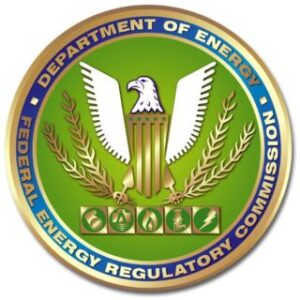
Studies by the INGAA Foundation as well as the National Petroleum Council (“NPC”) confirm the need for very substantial new storage (up to 700Bcf) over the next two decades, at a cost in the range of $4 billion to $6 billion. See infra at 4. The development of additional storage capacity is important to the future health of the natural gas industry, not only to meet projected seasonal demand, but also to alleviate price volatility. It is important to keep in mind, however, that storage facilities, like LNG facilities, are dependent on pipeline infrastructure. The NPC expects that new pipeline infrastructure in North America, to connect new storage and LNG, will cost an average of $2 billion per year over the next two decades, and new storage for Northeast and Mid-Atlantic markets alone will require incremental pipeline capacity of about 2.0 Bcf per day. See discussion below at page 4. While FERC has encouraged the interstate pipeline industry to reinvest earnings in infrastructure development projects to meet growing demand, as the Staff Report acknowledges, long-term market price signals appear weak for new storage development, and existing regulatory requirements inhibit development. In INGAA’s view, these considerations do not justify establishing redundant or reserve storage capacity that is not market driven, but do support a number of regulatory changes for stimulating storage development suggested in the Staff Report .
Market-based rates: Independent storage operators have made a strong case for market-based rates for the development of new storage facilities based on the absence of market power and the need for pricing freedom to attract investment. Those same fundamental reasons apply to new storage developed by pipelines as well, so that any liberalization of the Commission’s market power policy for storage should not favor any one industry segment.
Where market-based rates cannot apply, the Commission should adopt other pricing reforms to encourage infrastructure investment as follows:
Rate Design Reform
The “System Benefit” of Reduced Price Volatility. In evaluating whether expansion facilities should be priced on an incremental or rolled-in basis initially, the Commission must recognize the “system benefit” of the new capacity — transmission as well as storage — in terms of reducing price volatility and reliability.
Seasonal and Term Differentiated Rates. Subject to cost-of-service limitations, the Commission should implement in practice the Order No. 637 policies that give pipelines more freedom to adjust their rates seasonally and by length of term of service to achieve more efficient use of their facilities.
Rate of Return. In general, storage investments are often riskier than other infrastructure investments. Moreover, the transmission business itself faces more risk as a result of Commission competitive reforms (e.g., capacity release) and industry changes (e.g., shorter contracts). Accordingly, the Commission should consider higher returns to maintain investment incentive.
Facilitating Joint Ventures. Storage development, like other pipeline infrastructure development, is often economically feasible only through joint ventures. Unless the Commission addresses the uncertainties engendered by the recent court decision (BP West Coast v. FERC) concerning the permissibility of a corporate tax allowance for partnerships, such joint ventures in new storage are jeopardized.
Certification Issues
Expand the Blanket. Consistent with the Staff Report suggestion (p. 31), the Commission should expand its blanket certificate regulations to allow additional storage-related activities such as drilling replacement wells, and minor facility changes, and consider adopting an accelerated certification process.
Eliminate the Three-Year Rate Review. To facilitate financial planning and certainty, INGAA supports the Staff Report suggestion to eliminate the three-year rate review of new construction projects or, if future rate review is maintained, to announce a policy of preserving the rate of return authorized in the original certificate order.






